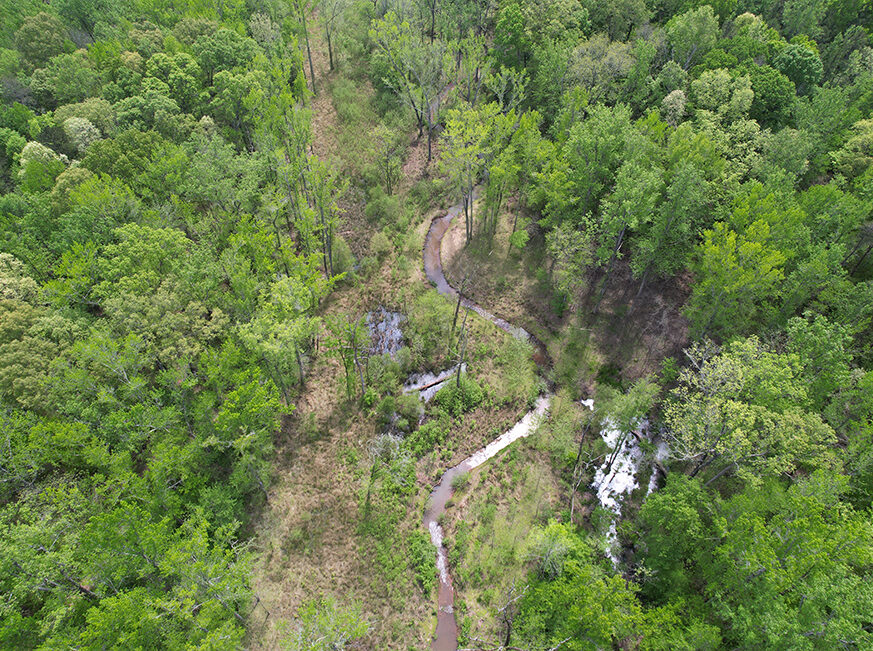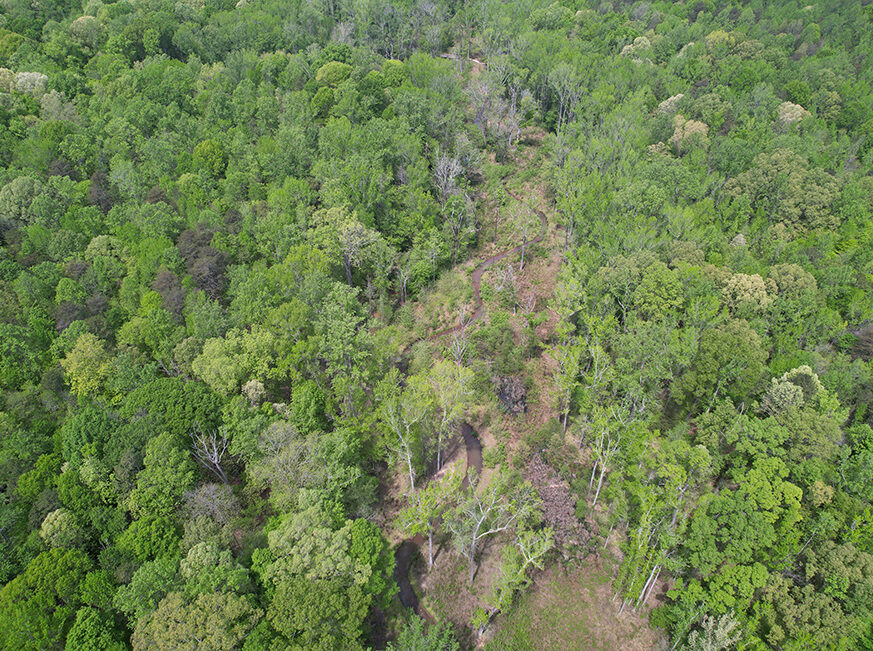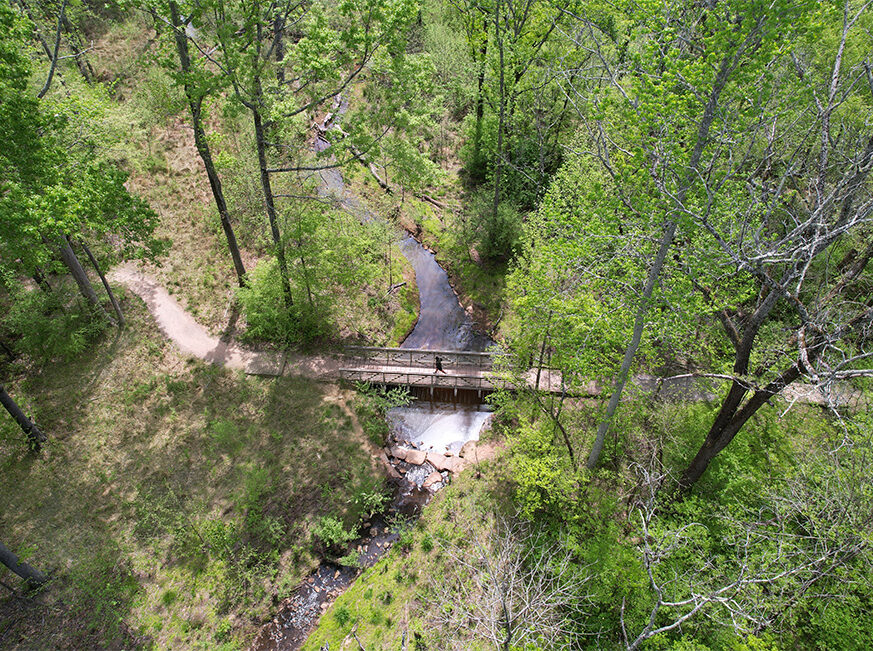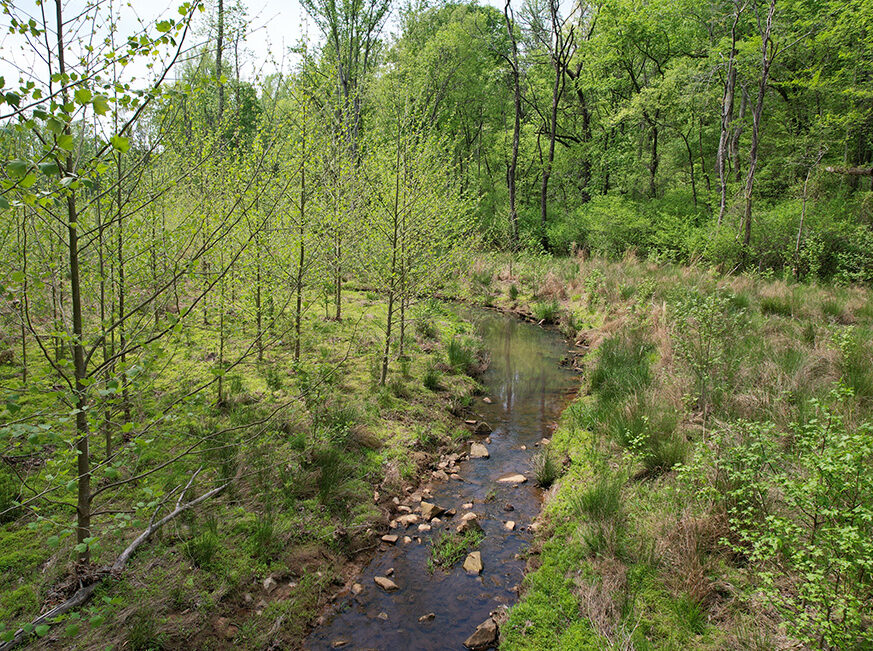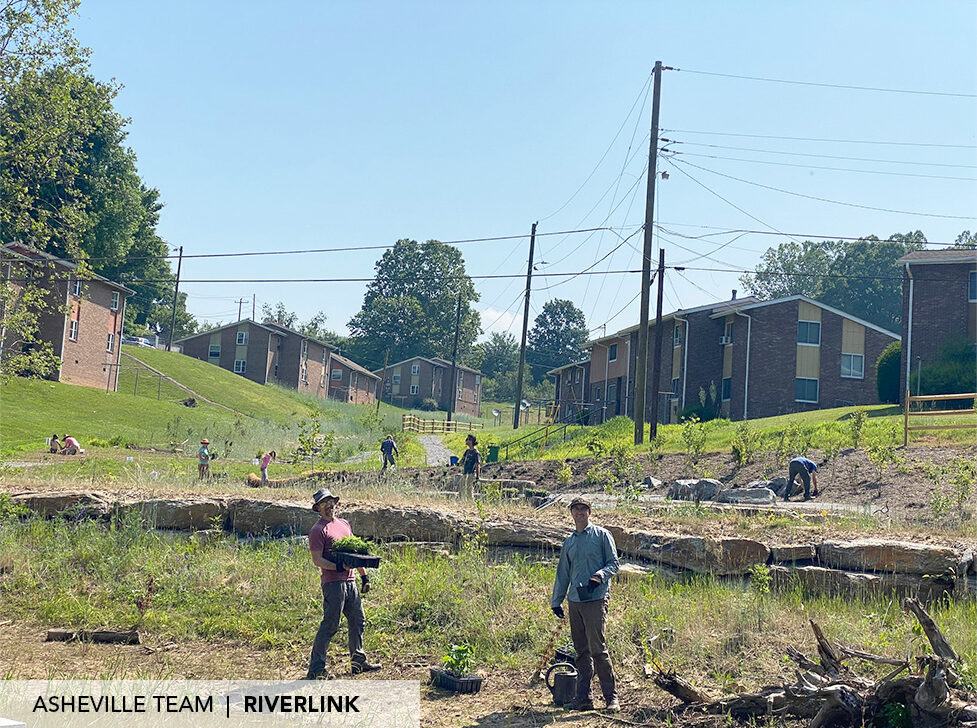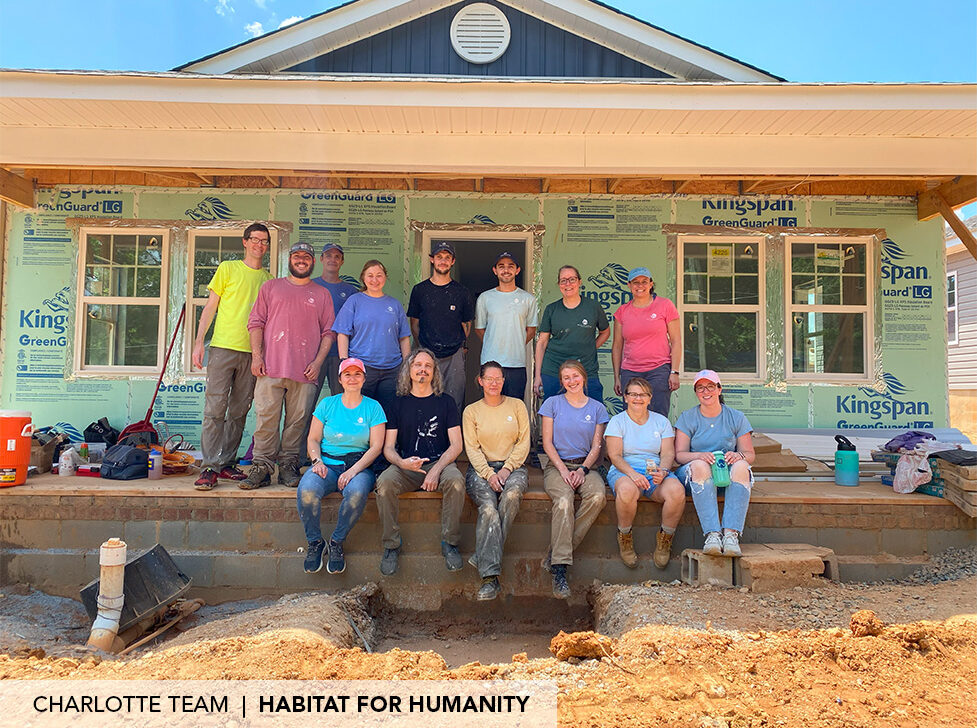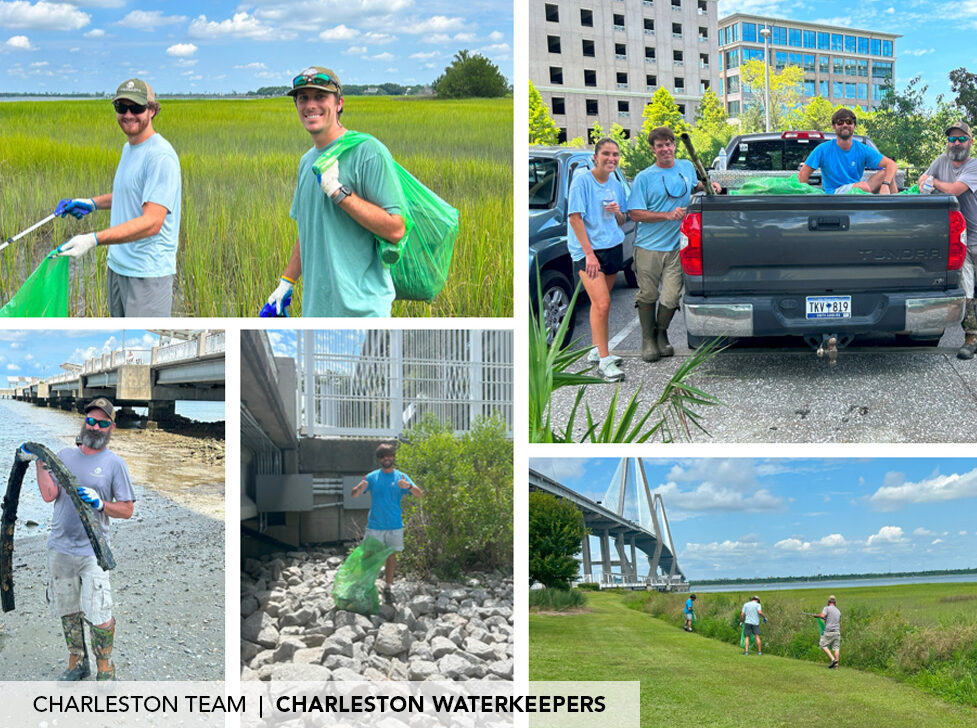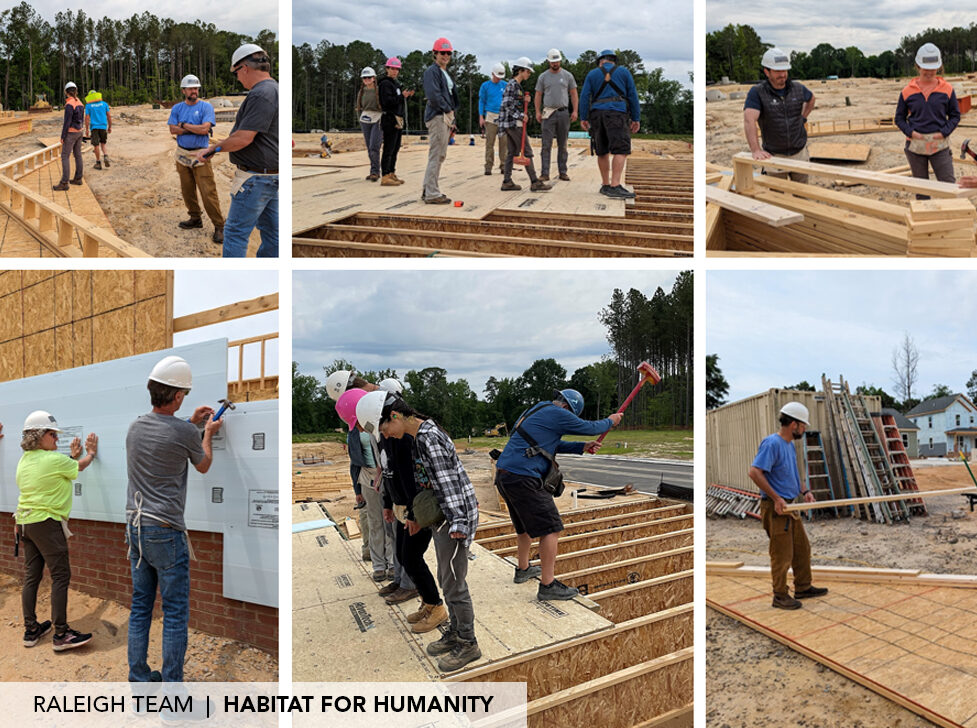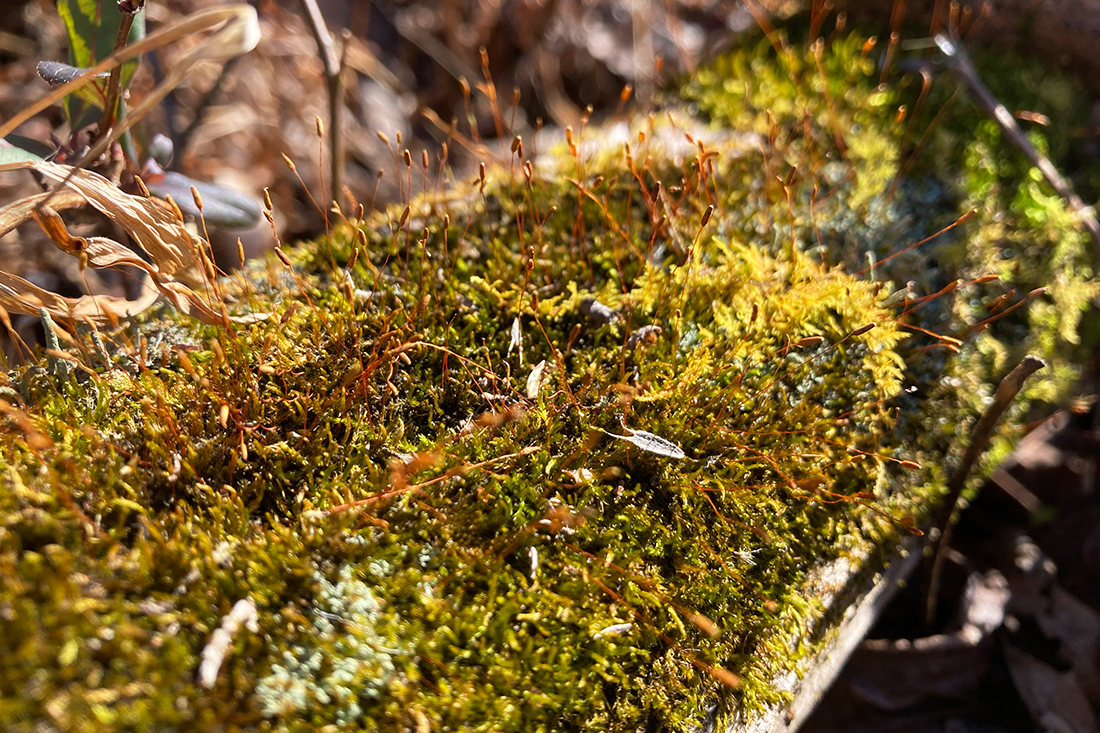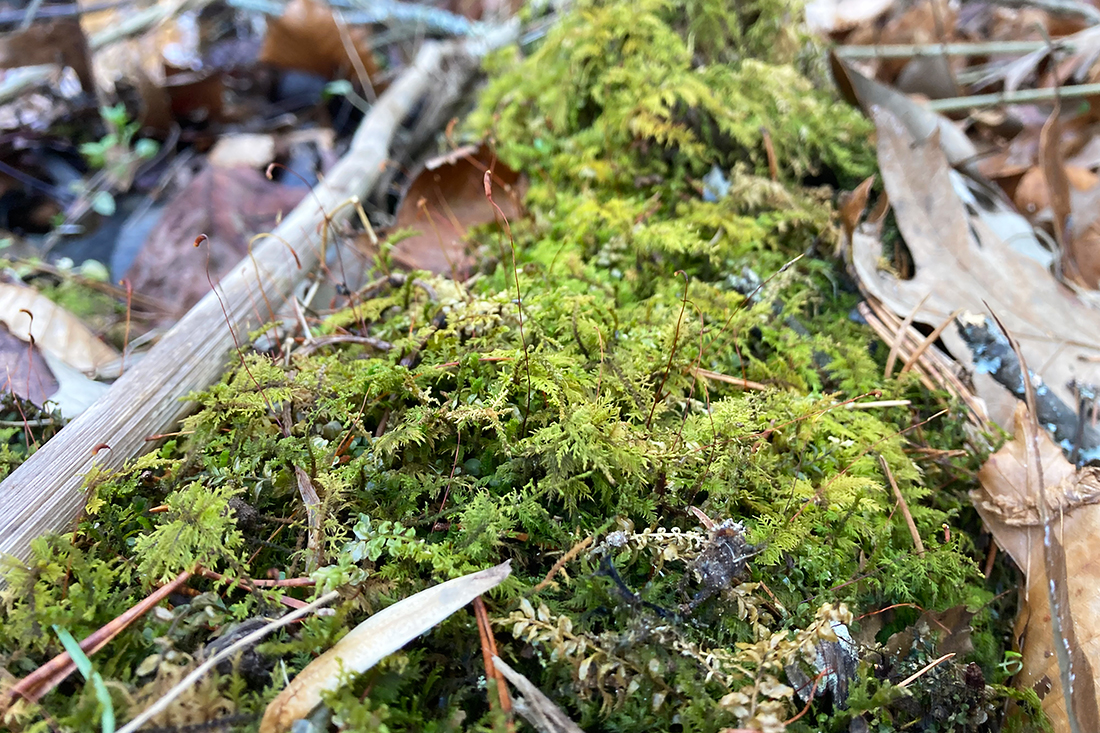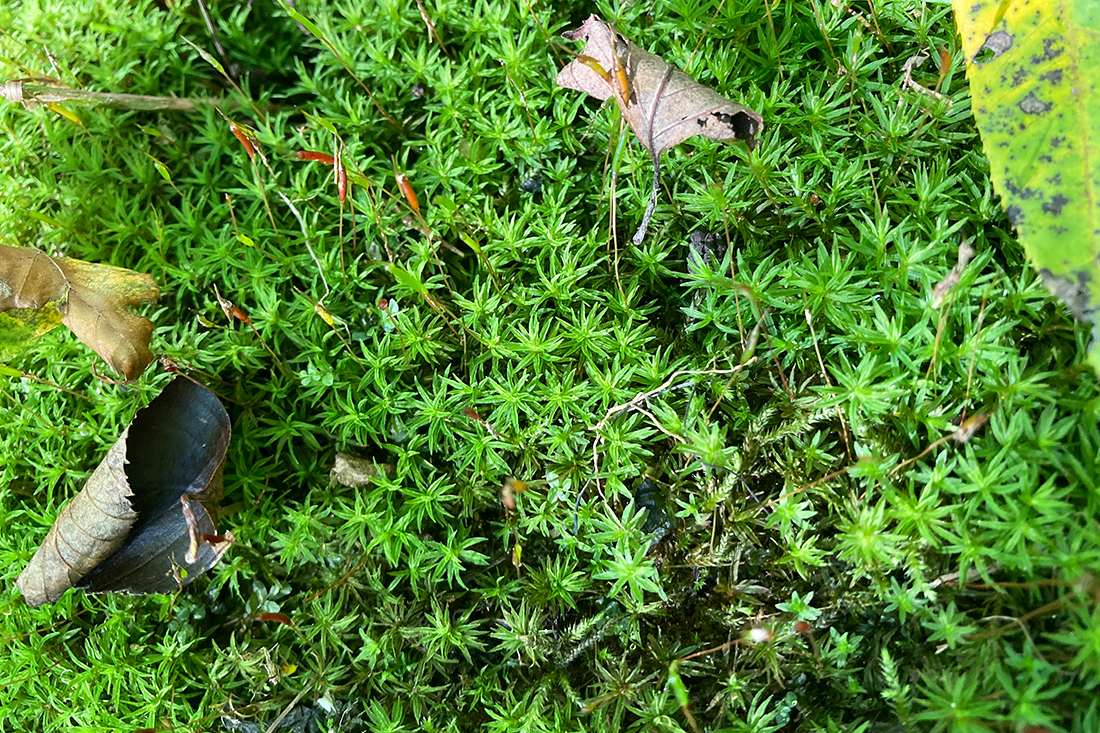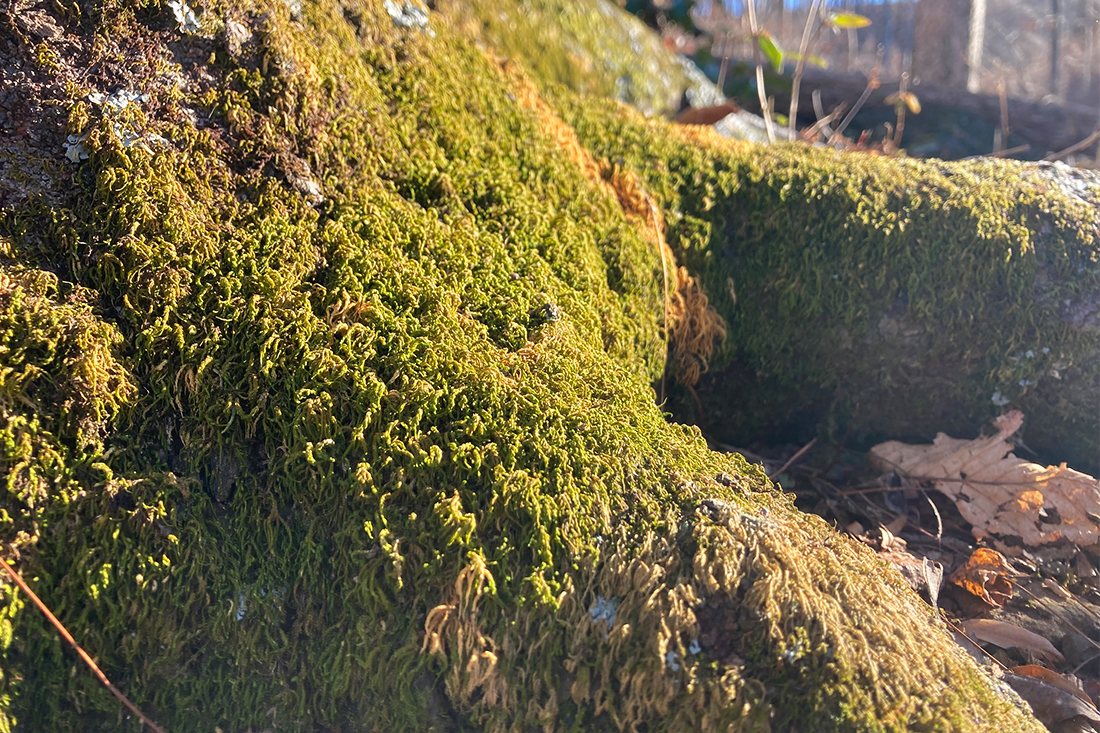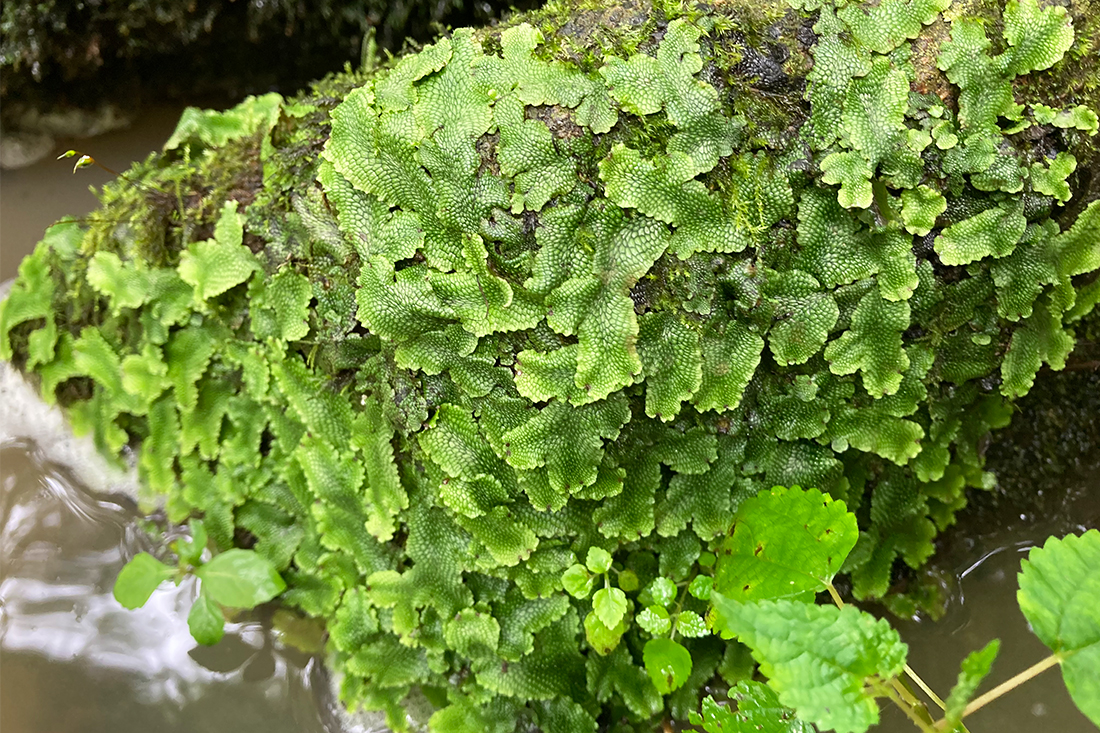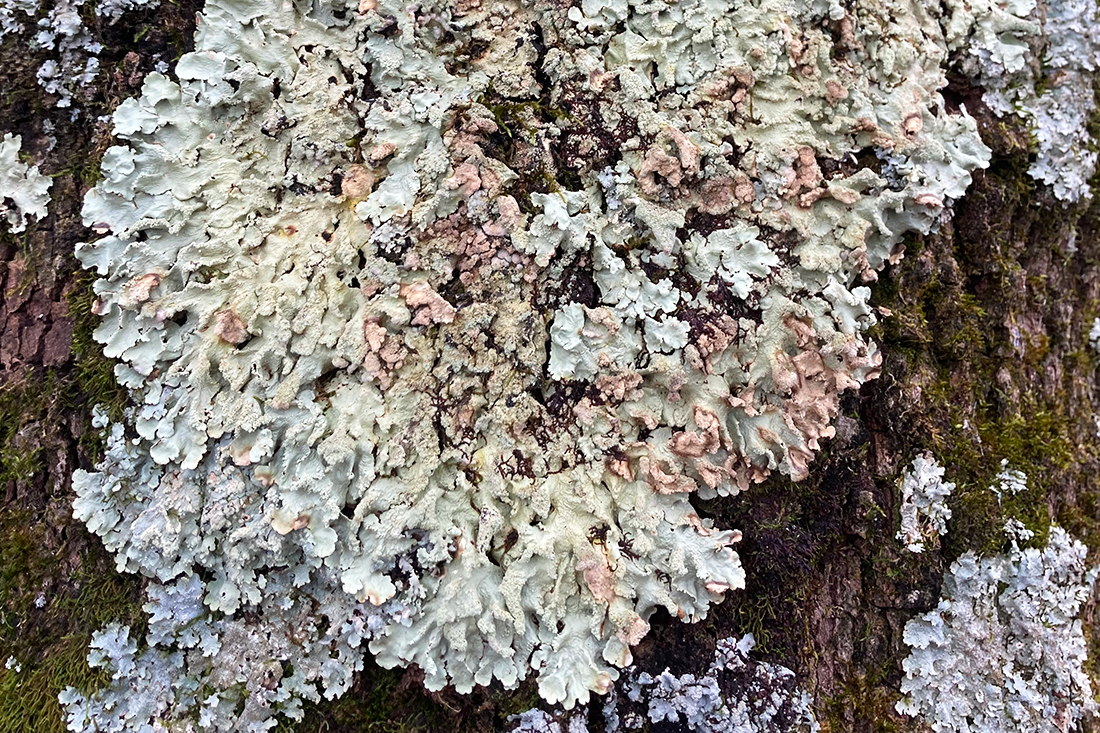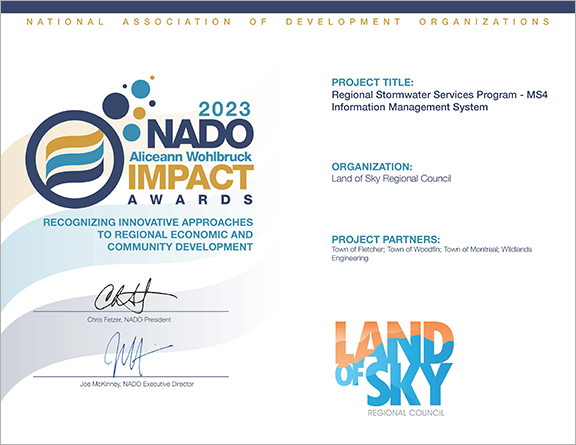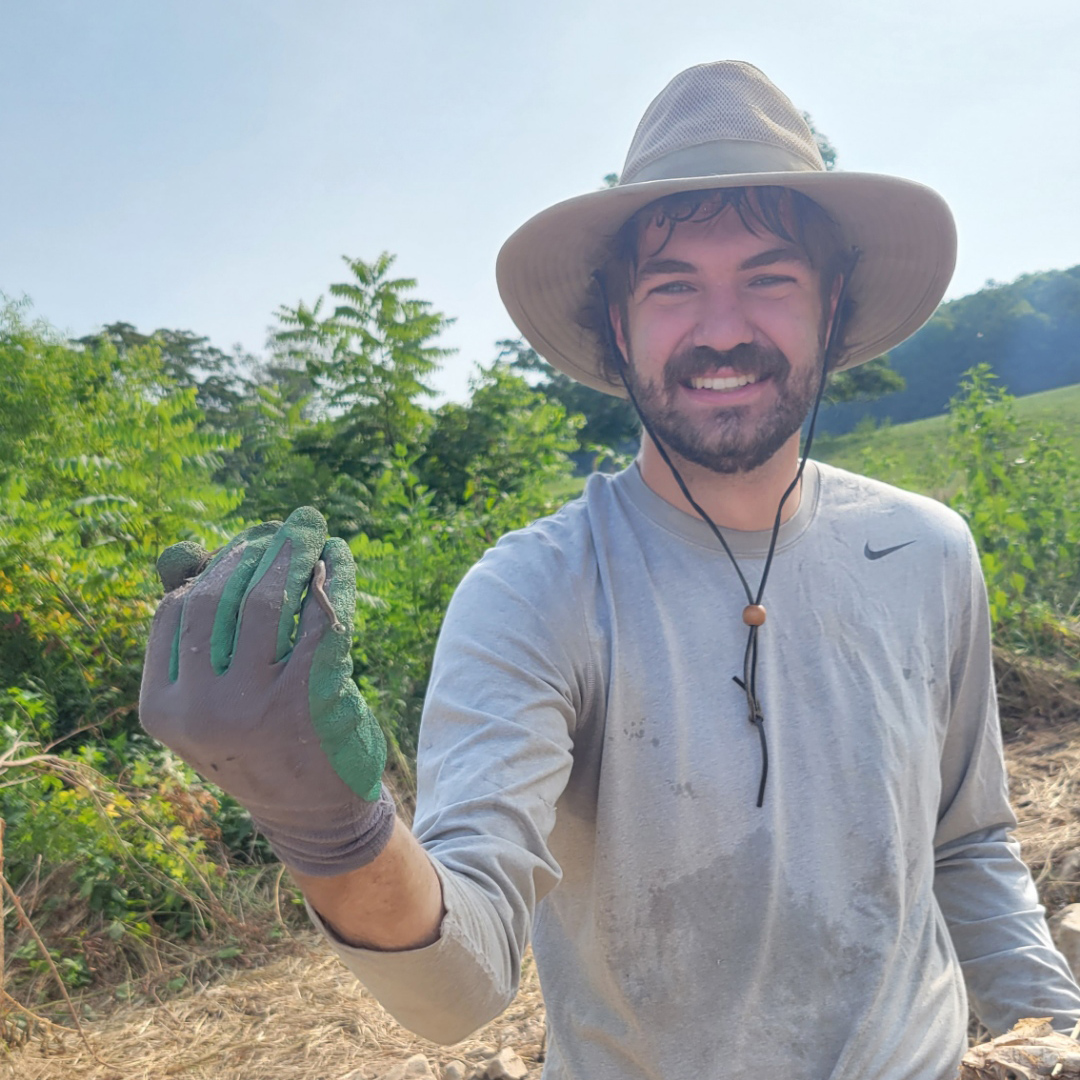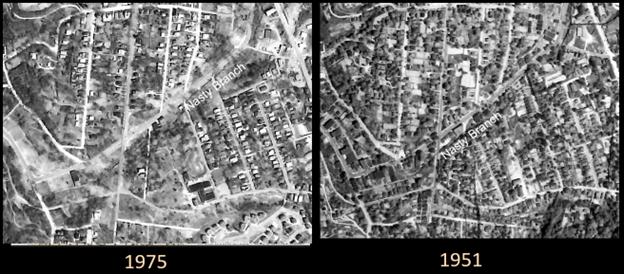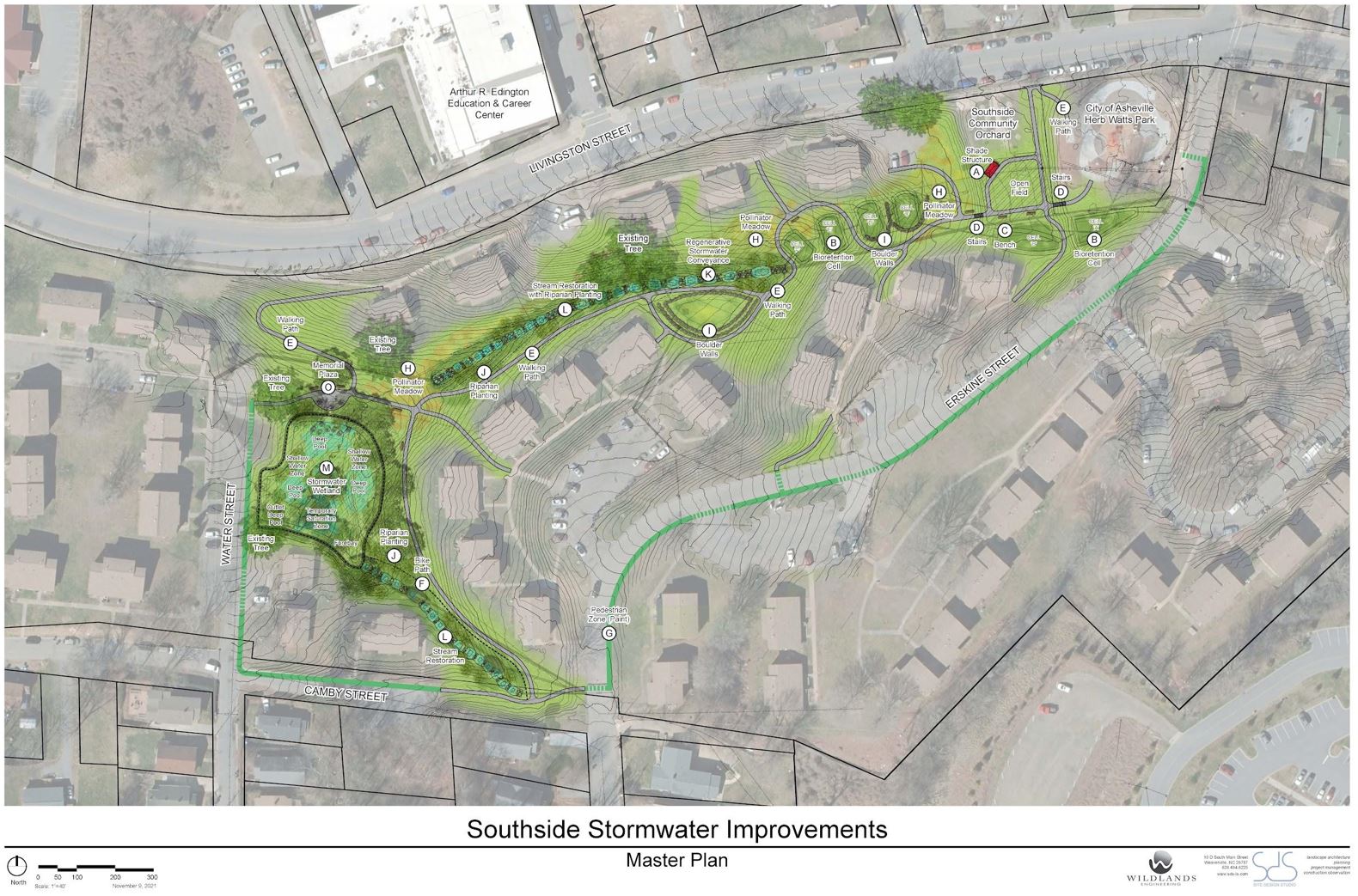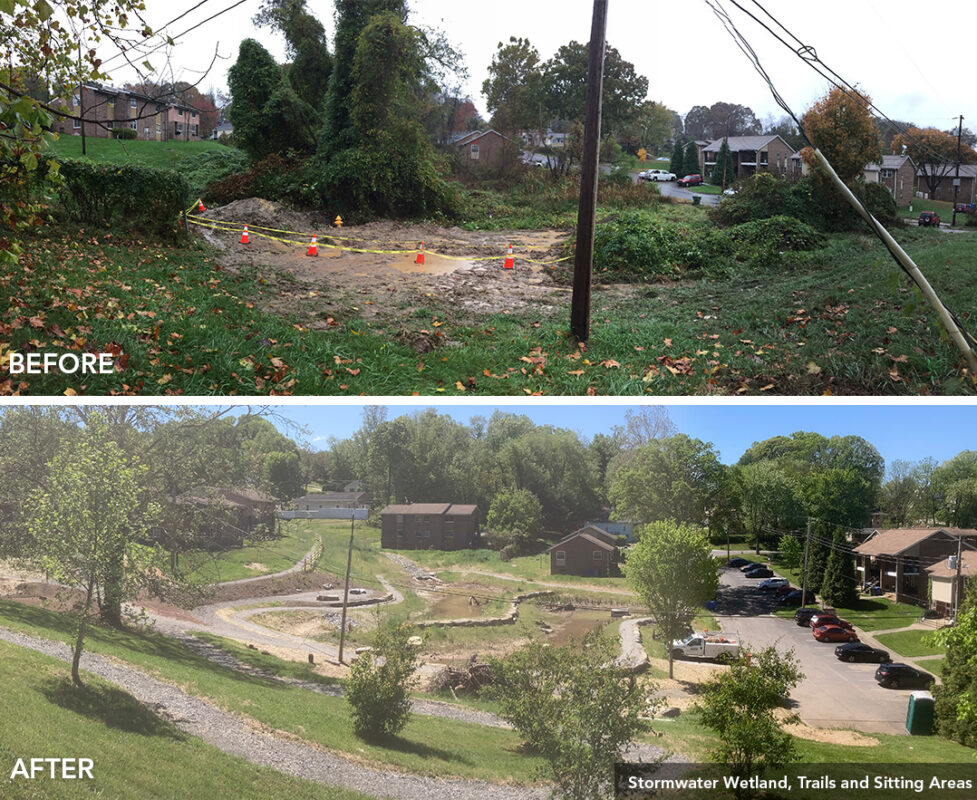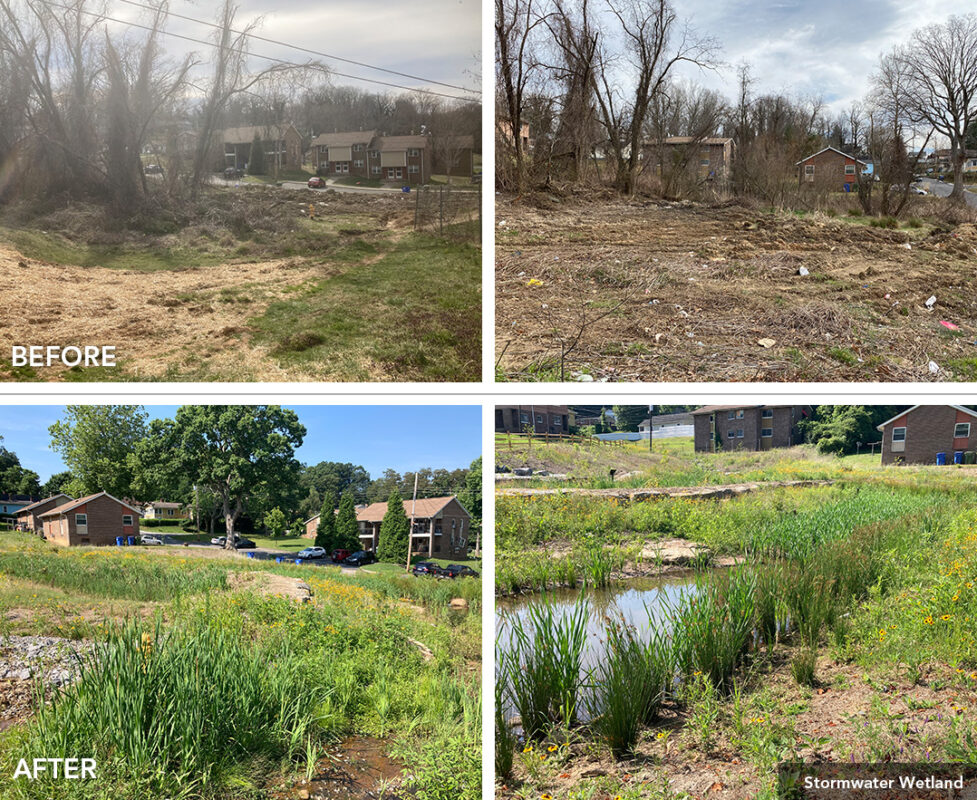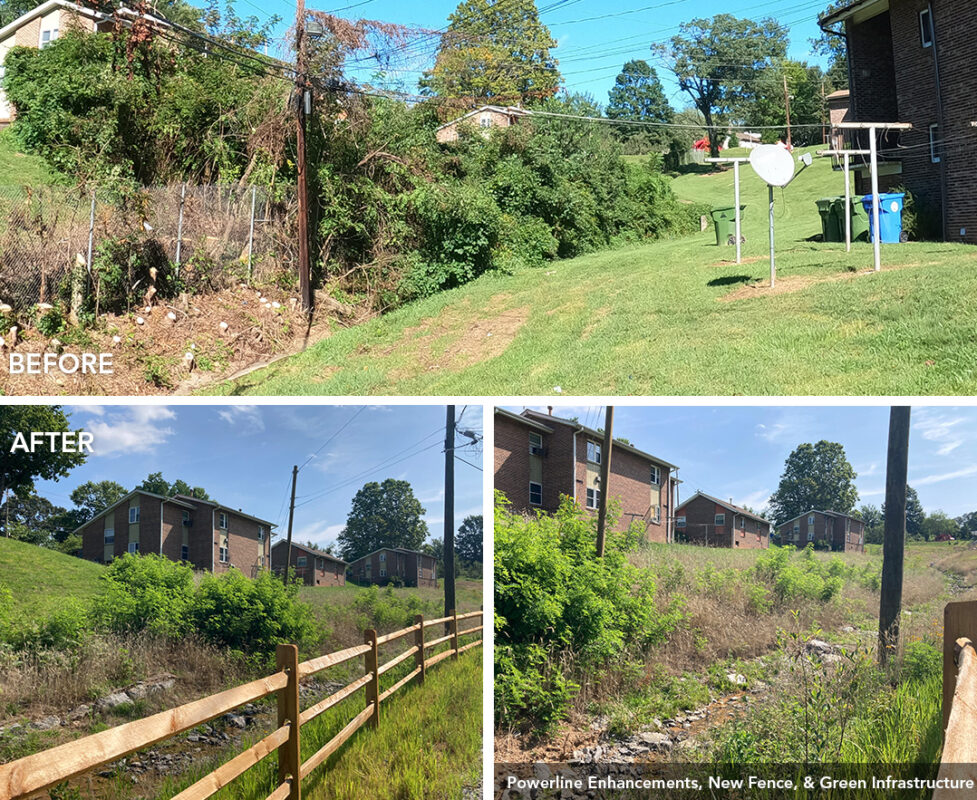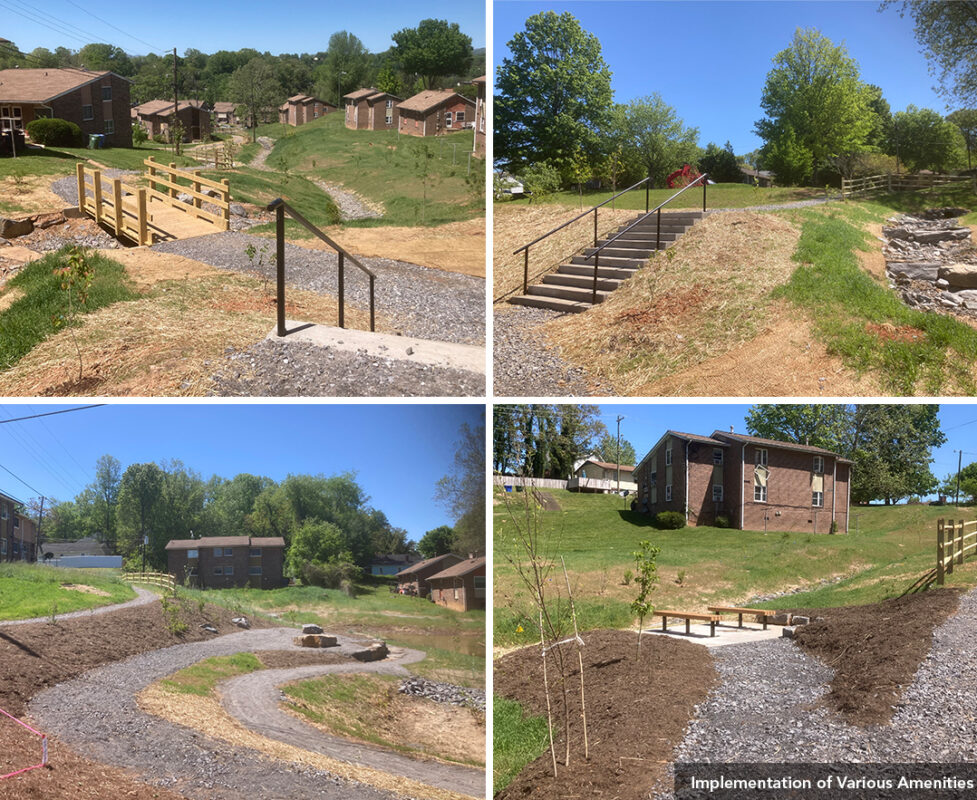PROJECT SPOTLIGHT: Shulls Mill Dam Removal and Watauga River Restoration
The Shulls Mill Dam Removal is complete! Wildlands worked with MountainTrue, American Rivers, and the Wildlife Resources Commission to complete design, permitting, construction oversight, and post-construction activities for this exciting aquatic connectivity project, which opened up over 84 miles along the Watauga River in Western North Carolina. The partially breached concrete dam, which dates back to 1910, was removed between June 27 and July 10th by the US Fish & Wildlife Service Aquatic Restoration Team, who contributed funding and in-kind construction services to execute the removal. Appalachian State University assisted in relocating Hellbenders before the removal (check out this great article published by WFAE about the relocating process of the Hellbenders found onsite – CLICK HERE). They also assisted with fish and crawdad rescue during the removal process.
The removal process involved planning for the relocation of sand, gravel, and fine sediment that could adversely impact downstream habitat. In addition, a severely eroding bank with invasive plants was restored to a stable condition to allow for native revegetation. Kee Mapping & Surveying and Appalachian Landslide Consultants assisted with mapping and geologic interpretation using LiDAR and test pit sampling. The data collected was used by Wildlands Engineering (Wildlands) to prepare dam removal and river restoration sequencing and to design the new alignment of the restored river channel to address erosion and sedimentation and to promote long-term stability and habitat quality in the reach. Wildlands collaborated with Ecoforesters to treat invasive Japanese knotweed on the site. In order to permit the project, Wildlands Engineering prepared floodplain, erosion and sediment control, trout buffer waiver, NCDOT, and 404/401 permits. These efforts were supported by a stakeholder engagement process led by Wildlands to gather input from regulatory and resource agencies and determine an approach that would protect downstream habitat from the impounded sediment behind the dam, among other regulatory requirements.
A huge thanks to Wildlands Construction, which helped with test pit sampling, tree clearing in the winter to avoid impacts on bats, and construction phase assistance with traffic control, temporary crossings, and other materials management to make this project successful!
Similarly to the previously completed Ward’s Mill Dam Removal Project that Wildlands also completed in 2021, the Shulls Mill Dam Removal will have beneficial impacts for years to come. The endangered hellbender will be able to travel upstream of the dam, along with fish and mussels. The Watauga River is also a recreational centerpiece of the high country, where flyfishing, kayaking, swimming, and tubing are popular activities. Removing the dam will allow safe passage for recreational users without the drowning hazard caused by the retentive hydraulic created by low-head dams. After the removal, approximately 400 feet of the stream was restored, and native vegetation was planted (following the treatment of invasive species), providing valuable habitat and food for local animals.








